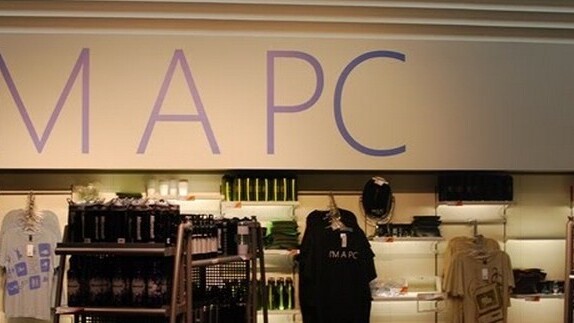
I’ve been critical of Hotmail in the past, given that I find Gmail to be consistently superior from both a product and usability standpoint. However, I now have to admit that Hotmail has been working hard to right its ship. One of the critical components of any good webmail service is spam control, and that’s a place where Hotmail may have found an edge.
Microsoft funded a study, testing the anti-spam prowess of Hotmail, Gmail, and Yahoo Mail. Accounts were created, and ‘seeded’ across the Internet in an attempt to draw the bead of spammers. It worked. According to a New York Times article on the report, “[i]n the Hotmail account, 48.57 percent of e-mails in the inbox were spam, slightly less than the 48.88 percent in the Gmail inbox. Yahoo Mail was third with 58.33 percent.”
Now, any normal account on the three services would have a much lower ratio. These accounts were set up to attract and filter spam, so your personal results will be different. That Hotmail won, over Gmail, in this one case, is interesting. Gmail is known for its exceptionally effective abeyance of spam.
I do not interpret the study as proving that Hotmail is now the top spam defender; such a test would be better run on normal accounts and not test scenarios, but I do think that it shows that Microsoft has made real progress in the improvement of Hotmail. Long maligned and ignored by the larger tech community, it remains the world’s largest webmail provider.
Microsoft is obviously proud of its report: “if you use Hotmail for your primary email, you’ll get the best spam protection in the industry – no one does it better.” However, spam prevention is only one feature out of a dozen that determine the quality of an email system. Yet, having been a vocal critic of Hotmail for years now, I am willing to concede that the team is working on ‘doing it right.’ That’s a very healthy change.
Get the TNW newsletter
Get the most important tech news in your inbox each week.




